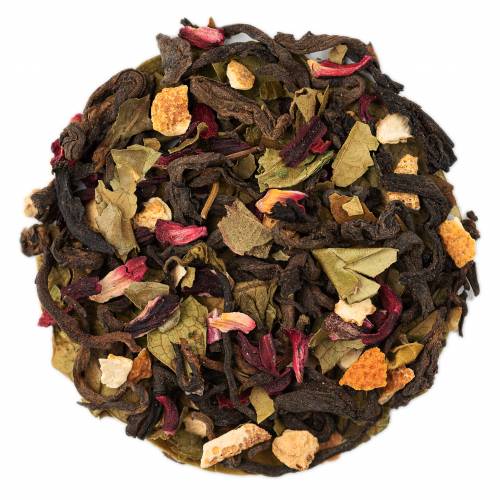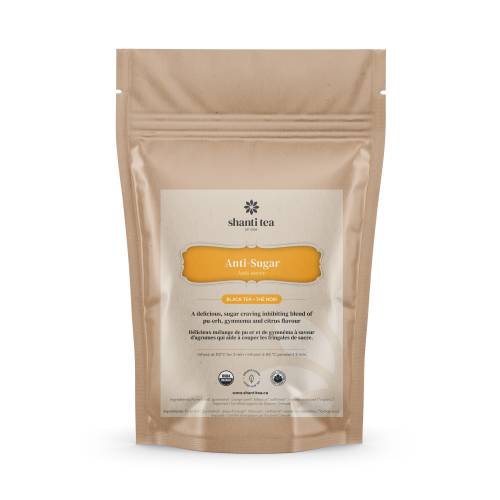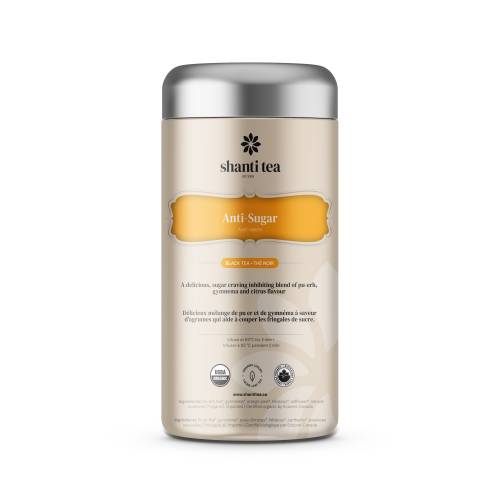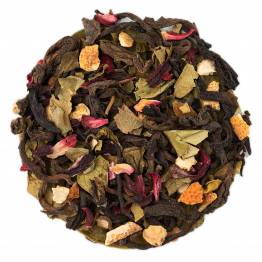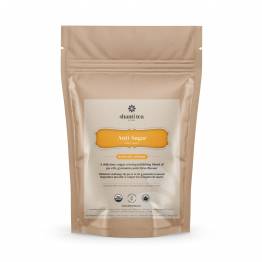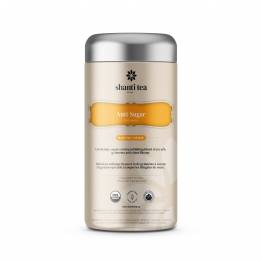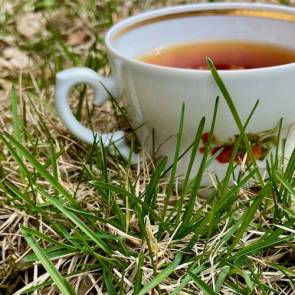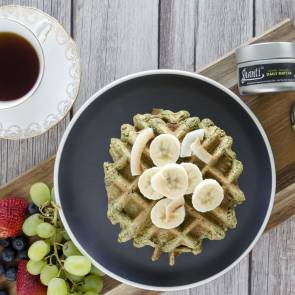Wholesale/Bulk Pu-Erh Tea Options
You can now purchase the Anti-Sugar Pu-Erh Tea Blend in wholesale and bulk quantities from Shanti Tea Importers, making it an ideal option for tea retailers and brands in the United States and Canada. This blend, renowned for its health benefits, such as curbing sugar cravings and boosting metabolism, is available for private and white-label customization. By partnering with Shanti Tea Importers, you can tailor the packaging and branding to suit your specific needs, offering your customers a high-quality, enjoyable tea while enhancing your brand's product offerings.
What is Pu-Erh tea?
Pu-Erh tea, originating from the Pu'er region in Yunnan, China, is a unique fermented tea known for its complex flavour profile and distinct production process. There are two main types: Sheng (Raw) Pu-Erh, which undergoes natural fermentation over several years, and Shou (Ripe) Pu-Erh, made using an accelerated fermentation technique developed in the 1970s. Sheng Pu-Erh starts as a green tea and develops darker, more intricate flavours with age, while Shou Pu-Erh is dark, rich, and earthy.
The production begins with harvesting leaves from ancient tea trees, withering, pan-firing, rolling, and sun-drying to create "Mao Cha." Sheng Pu-Erh is then compressed and aged naturally, whereas Shou Pu-Erh is fermented in a controlled environment before compression. The aging process, crucial for developing deeper flavours, makes Pu-Erh tea similar to fine wine. Pu-Erh tea offers health benefits like aiding digestion, reducing cholesterol, and promoting weight loss, making it a treasured choice for tea enthusiasts who appreciate its depth and complexity.
Benefits of Drinking Pu-Erh Tea
Due to its unique fermentation process and rich nutritional profile, Pu-Erh tea may offer a variety of health benefits. It may aid digestion by promoting gut health with natural probiotics
[1] and may help break down fats when consumed after meals
[2]. Pu-Erh tea may also effectively reduce LDL cholesterol levels while increasing HDL cholesterol
[3], thus potentially improving heart health and reducing the risk of cardiovascular diseases
[4]. Additionally, it may promote weight loss by boosting metabolism, increasing fat burning
[5], and acting as a natural appetite suppressant.
Pu-Erh tea may provide a gentle energy boost, enhancing mental alertness and focus without the jittery effects of coffee. Its detoxifying properties may support liver function
[6] and help remove toxins from the body
[7]. The tea may also contribute to cardiovascular health through its antioxidants and anti-inflammatory properties
[8], improves immune function by increasing beneficial microorganisms
[9], and is rich in antioxidants that combat free radicals
[10]. Furthermore, Pu-erh tea may enhance mood, reduce stress, and support bone health
[11], making it a potentially valuable addition to a healthy diet.
References:
- Liu, W., et al. (2016). Journal of Agricultural and Food Chemistry. https://pubmed.ncbi.nlm.nih.gov/27477844/
- Chuang, C. C., et al. (2005). Journal of Biomedical Science. https://pubmed.ncbi.nlm.nih.gov/15850713/
- Huang, H. C., et al. (2012). Journal of Agricultural and Food Chemistry. https://pubmed.ncbi.nlm.nih.gov/22151245/
- Jing, Y., et al. (2013). Phytomedicine. https://pubmed.ncbi.nlm.nih.gov/23598146/
- Wang, L., et al. (2016). Food & Function. https://pubmed.ncbi.nlm.nih.gov/26895187/
- Wang, F., et al. (2016). Scientific Reports. https://www.ncbi.nlm.nih.gov/pmc/articles/PMC4877893/
- Chen, J., et al. (2013). Journal of Medicinal Food. https://pubmed.ncbi.nlm.nih.gov/23627743/
- Cao, J., et al. (2016). Journal of Agricultural and Food Chemistry.
- Hong, K. J., et al. (2011). Food and Chemical Toxicology. https://pubmed.ncbi.nlm.nih.gov/21443992/
- Lin, J. Y., et al. (2008). Journal of Agricultural and Food Chemistry. https://pubmed.ncbi.nlm.nih.gov/18710216/
- Shen, C. L., et al. (2009). Journal of Agricultural and Food Chemistry. https://pubmed.ncbi.nlm.nih.gov/19947668/
Organic Pu-Erh tea vs. Pu-Erh tea
The primary difference between organic Pu-Erh tea and regular Pu-Erh tea is their cultivation and production practices. Organic Pu-Erh tea is grown without synthetic fertilizers, pesticides, or herbicides, using natural methods like composting and crop rotation to maintain soil fertility and control pests. This enhances environmental sustainability, promotes biodiversity, and reduces pollution. Organic Pu-Erh tea must meet specific standards set by certification bodies like USDA Organic or EU Organic, ensuring adherence to strict organic farming guidelines.
In contrast, regular Pu-Erh tea may be grown using conventional farming methods that often involve synthetic chemicals, which can lead to environmental issues such as soil degradation and water contamination. While regular Pu-Erh tea can offer excellent flavour profiles and is generally safe for consumption, organic Pu-Erh tea is preferred by those seeking to avoid chemical residues. The natural farming methods of organic Pu-Erh tea can result in subtle flavour differences, potentially enhancing the tea's purity and complexity. However, organic Pu-Erh tea is often more expensive due to labour-intensive practices and certification costs, whereas regular Pu-Erh tea is typically more affordable. The two choices involve environmental impact, health concerns, flavour preferences and cost.

